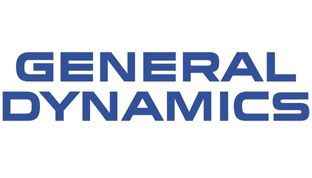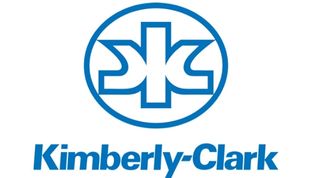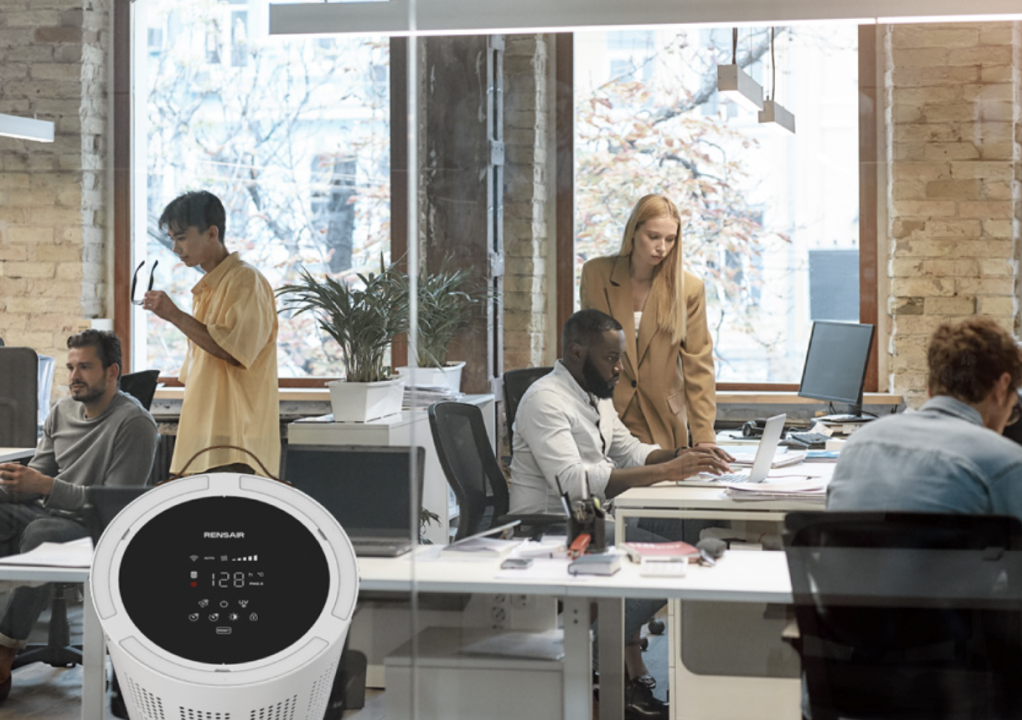Rensair Energy Efficient Air Purifiers for Office Spaces

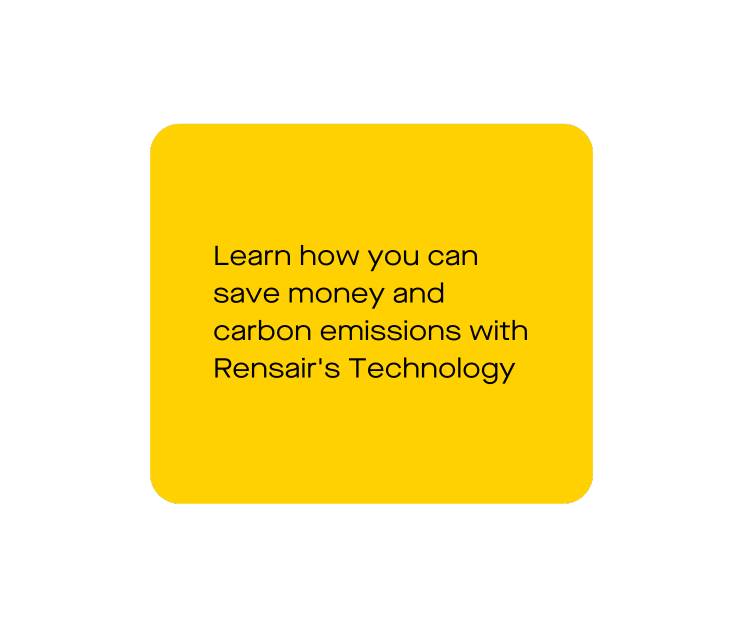
40% of the world’s energy consumption comes from buildings. The more office space your organisation occupies, the greater the energy usage, leading to higher bills and a bigger carbon footprint.
40% of office energy consumption comes from ventilation. Improving the energy efficiency of your office spaces is critical, but difficult to solve because traditional ventilation systems are too inefficient and troublesome to replace. Investing in an air purifier for office environments can also enhance air quality while reducing energy consumption.
It’s time to hack HVAC.
Our technology lets you transform the energy efficiency of your commercial real estate without ripping and replacing your existing ventilation.
We use patented hardware and software to hack the carbon out of your HVAC systems and ventilate based on occupancy levels, instantly lowering emissions and energy use whilst cleaning the air and making your office spaces healthier for your employees.
An air purifier for large office areas complements this system by boosting air quality in high-traffic zones.

Make instant energy savings
Using Rensair, you can instantly reduce HVAC energy consumption by >40%, lowering the
overall use of your most energy-intensive assets by 15-25%, saving money on energy bills
to bolster your bottom line.
Our best-in-class hardware features connected devices discreetly deployed throughout
your working office environment, backed by software that lets you manage air quality and
energy output throughout the building.

Extending the life of your existing assets
Our air quality ecosystem is designed to end the trade-off between better ventilation and reduced emissions and let you keep using their current office spaces – and existing HVAC systems – for longer.
Rensair’s air purifier for large office setups will integrate seamlessly with your existing HVAC systems to radically lower energy consumption and emissions. With our technology, even indoor spaces that can’t be physically altered can still be decarbonised.

Sustainability without the high cost.
By integrating our technology into your real estate portfolio, you can decarbonise your office spaces and take immediate, bold steps towards achieving your Net Zero goals. Our flexible pricing lets you avoid upfront costs and make instant savings, with implementation in just weeks – compared to years for traditional HVAC replacement.
Rensair is how we adapt HVAC to work more effectively for us in the climate crisis and hack our way to a new era of carbon efficiency, cost savings and clean indoor air.
Optimise existing mechanical ventilation while significantly cutting energy use
HVAC systems are expensive to run and consume a huge amount of energy, so we’ve developed a unique
system to help you optimise their use across your buildings.
Our Smart Demand Controlled Ventilation (SDCV) uses cost-effective air purification devices deployed across your indoor environment to reduce reliance on expensive mechanical ventilation. It ventilates according to occupancy rates, reducing wasted energy when occupancy is low.

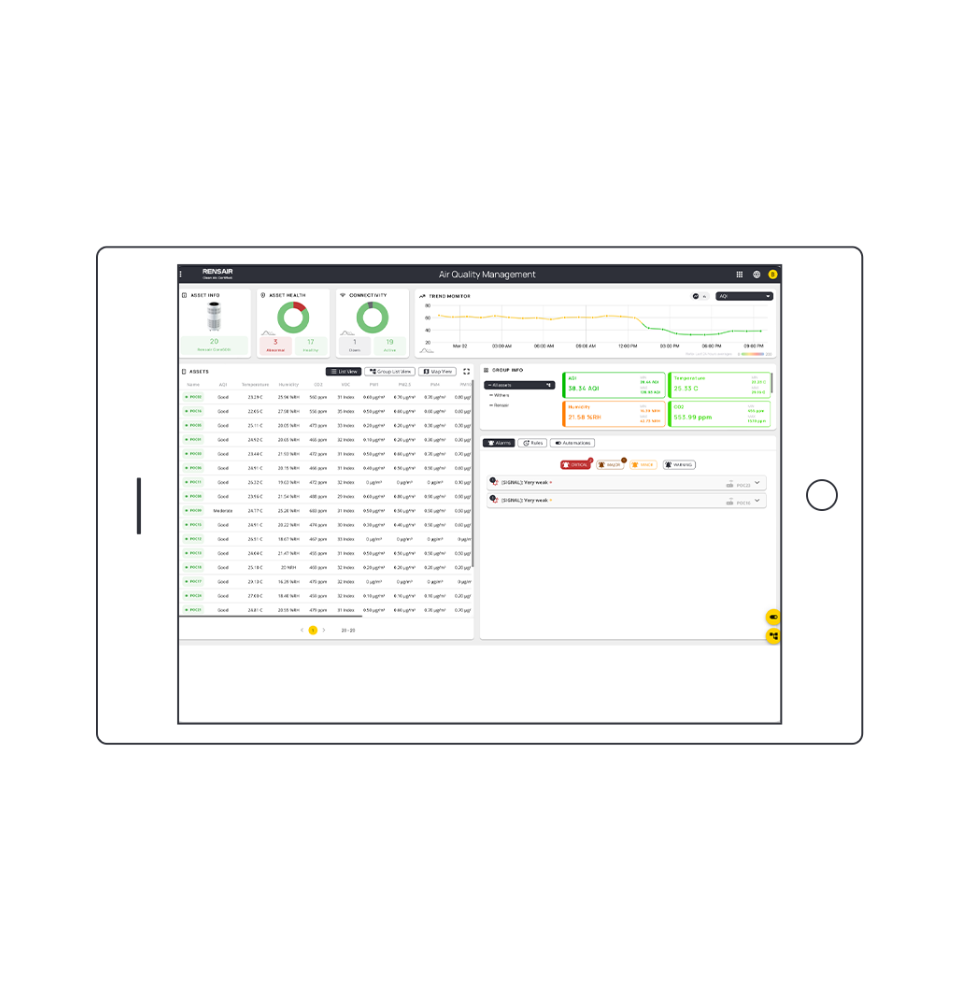
The most efficient way to instantly improve your HVAC system
The Rensair Cloud connects your Rensair air purifying devices and integrates with your existing HVAC ventilation and Building Management systems to give you a single connected ecosystem for managing air quality. It’s an approach that reduces your energy usage, saves you money, and protects your people in every indoor space. It’s HVAC: Hacked.



